Stuart Jenkins, the founder of Blumaka, is poised to present findings at the 2025 Footwear Collective Annual Summit, showcasing the company’s groundbreaking method for transforming used athletic shoe foam into high-performance components like insoles and midsoles. The summit is taking place today at the MIT Media Lab in Cambridge, MA.
A recent report from Heeluxe, a prominent independent footwear performance lab, has verified that Blumaka’s recycled and circular foam insole technology, developed in collaboration with Sneaker Impact, proves that high performance can be achieved using upcycled and circular materials.
“This is not merely a theory or a lab experiment—it’s real, it’s proven, and it’s scalable,” Jenkins stated. “Through our collaboration with Sneaker Impact, we’ve shown that shoe foam waste can be converted into a high-quality raw material for footwear components, produced at scale and ready for immediate use. This technology can facilitate the production of millions of pairs in 2026 and beyond, providing footwear brands with a clear path to transform their sustainability practices. Disposing of shoes in landfills or incinerating foam waste is no longer an unavoidable outcome—it’s now a choice to pollute.”
At the summit, Jenkins will not only discuss the Heeluxe findings but also urge the footwear industry to commit to incorporating recycled materials in their future collections.
Key findings from the Heeluxe report include:
- Foam from used running shoes can be effectively recycled into high-performance insole material.
- A blend of 90 percent post-consumer and 10 percent post-industrial foam performed nearly identically to 100 percent post-industrial ETPU (expanded thermoplastic polyurethane).
- Even 100 percent post-consumer foam outperformed approximately 85 percent of the insoles in Heeluxe’s extensive database.
- The recycled foam demonstrates excellent cushioning properties and resistance to compression over time.
Blumaka and Sneaker Impact have devised a system to collect foam from used running shoes, previously destined for landfills, and reconstruct it into high-quality new footwear. This innovation operates on existing production equipment using mass manufacturing methods, proving it is not just feasible—it’s scalable, commercially viable, and cost-effective.
The Heeluxe study tested various combinations of post-consumer foam extracted from worn-out athletic shoes and post-industrial ETPU (recycled foam waste from shoe production). Notably, a 90/10 mixture of post-consumer and post-industrial foam produced some of the best cushioning results while having less compression. This demonstrates that high-quality footwear can be produced using the foam from old running shoes.
This breakthrough comes at a critical time, as over 400 million pairs of shoes are discarded annually in the U.S. alone. Blumaka’s process could potentially convert this waste into 800 million high-performance insoles or 400 million midsoles for casual footwear.
“We’re thrilled to offer footwear brands a viable, circular solution that doesn’t compromise on performance. This technology enables us to create longer-lasting, well-cushioned shoes from what was once considered trash. At the Footwear Collective Annual Summit, I’ll be inviting industry leaders to join us in this sustainable revolution,” Jenkins said.
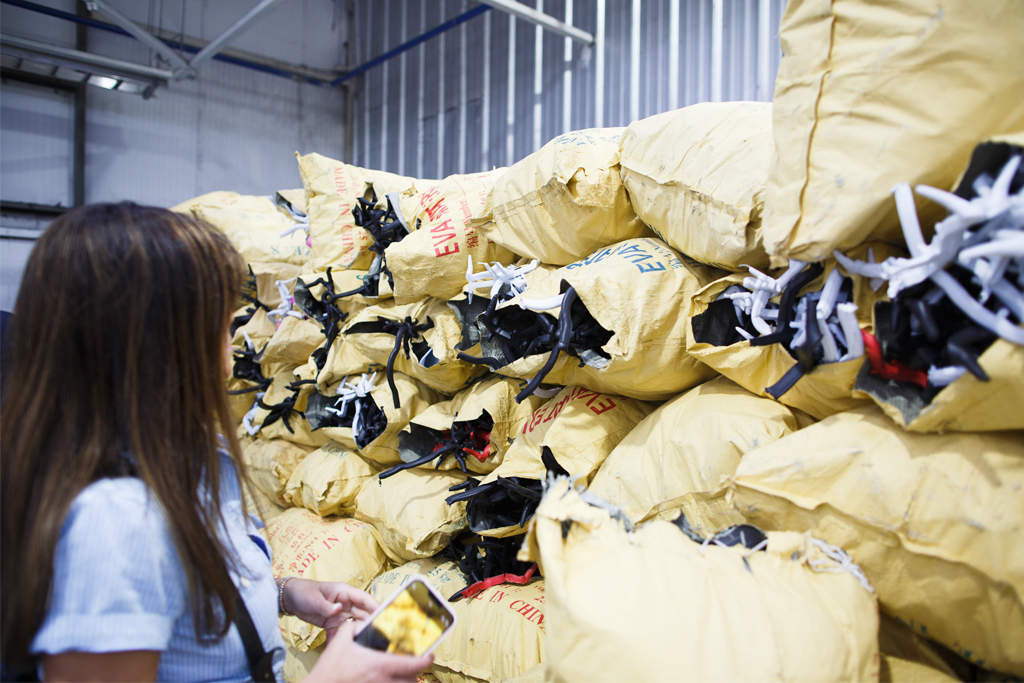

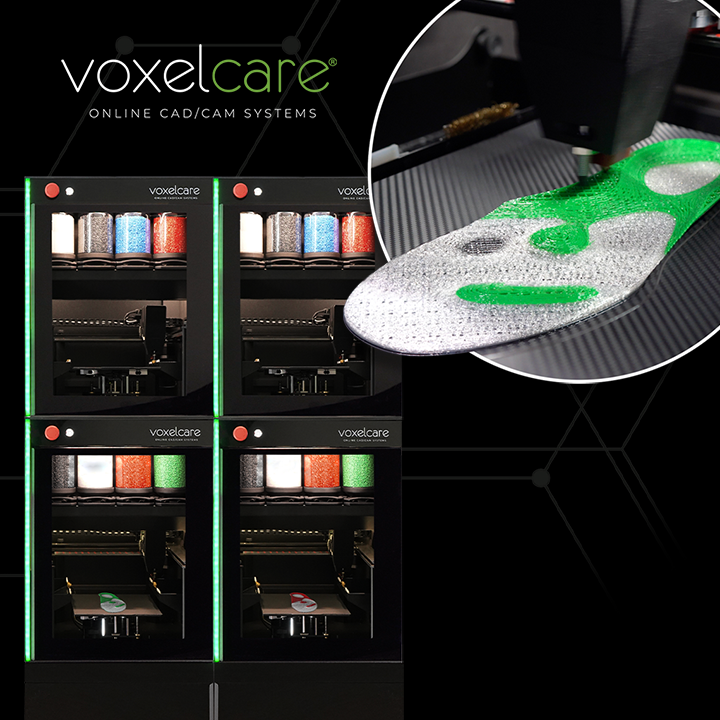

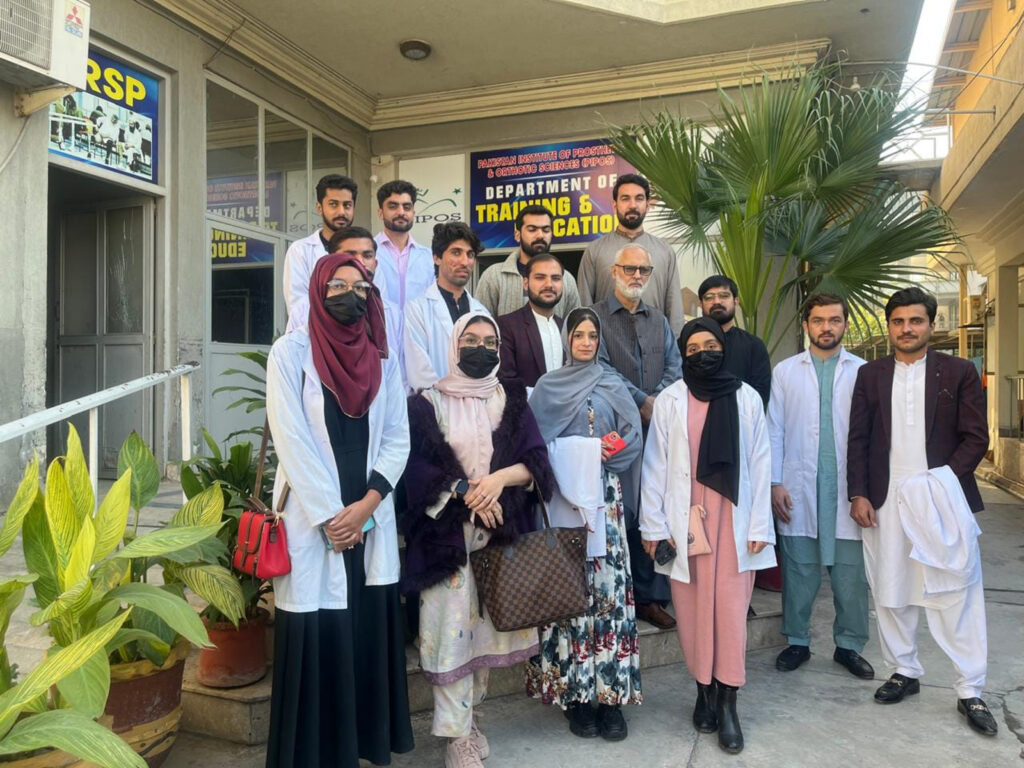
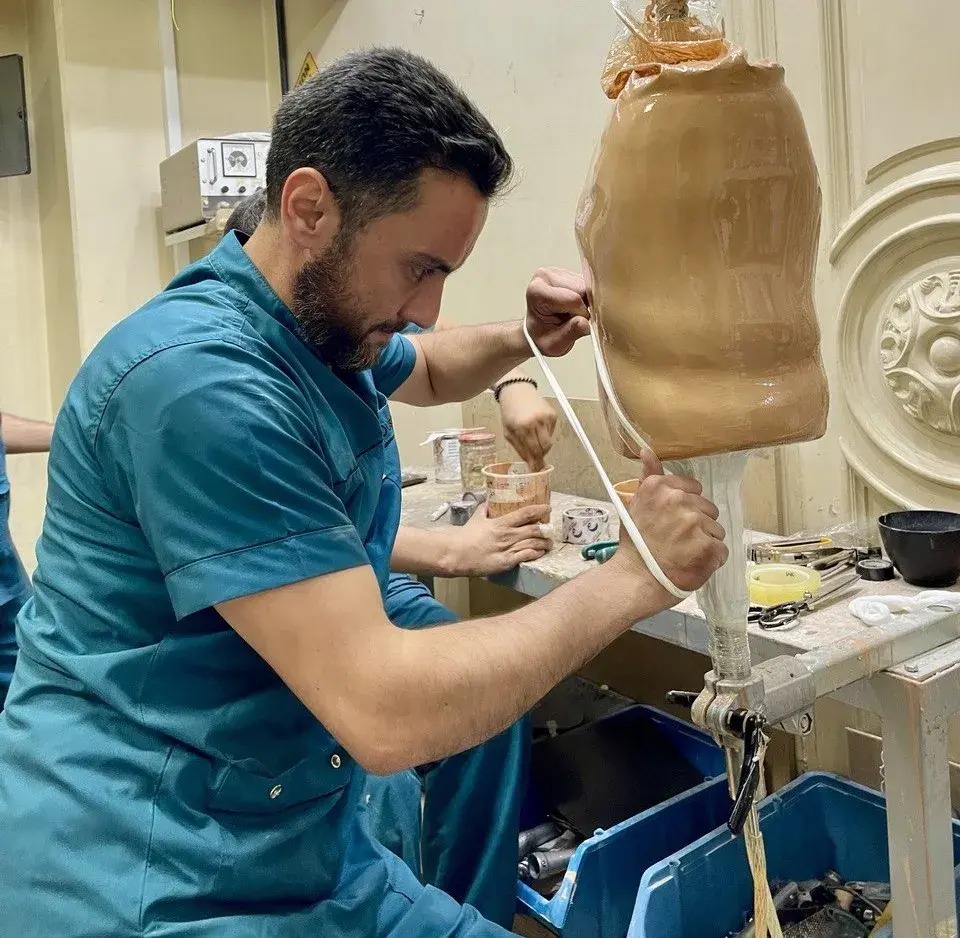
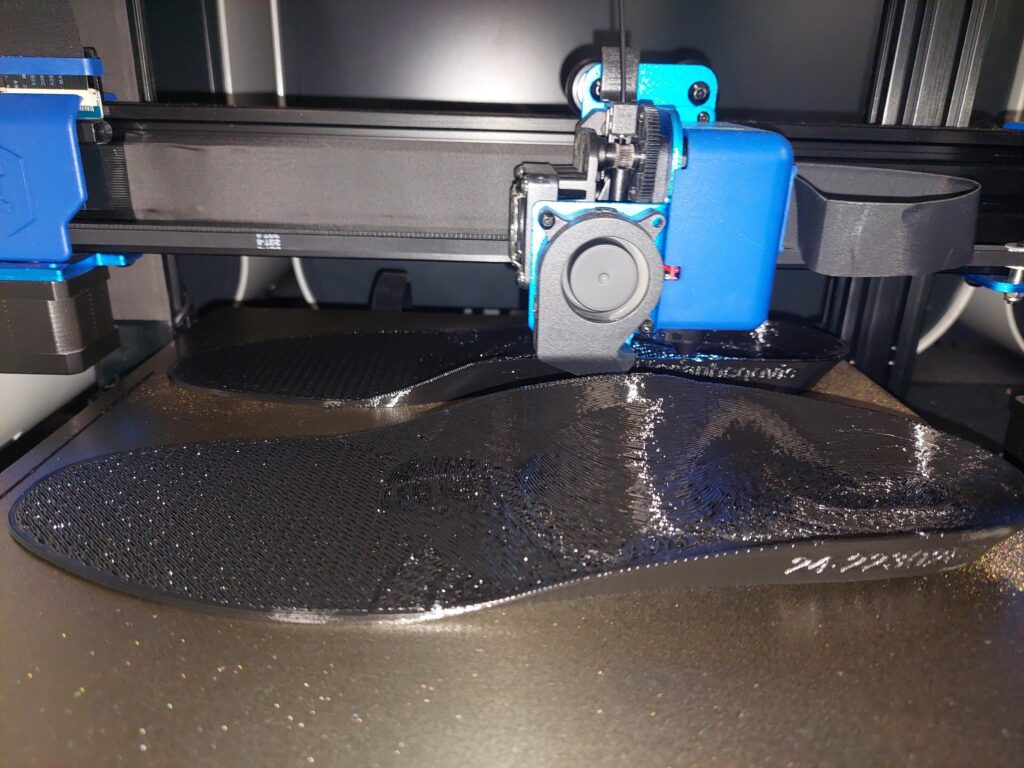
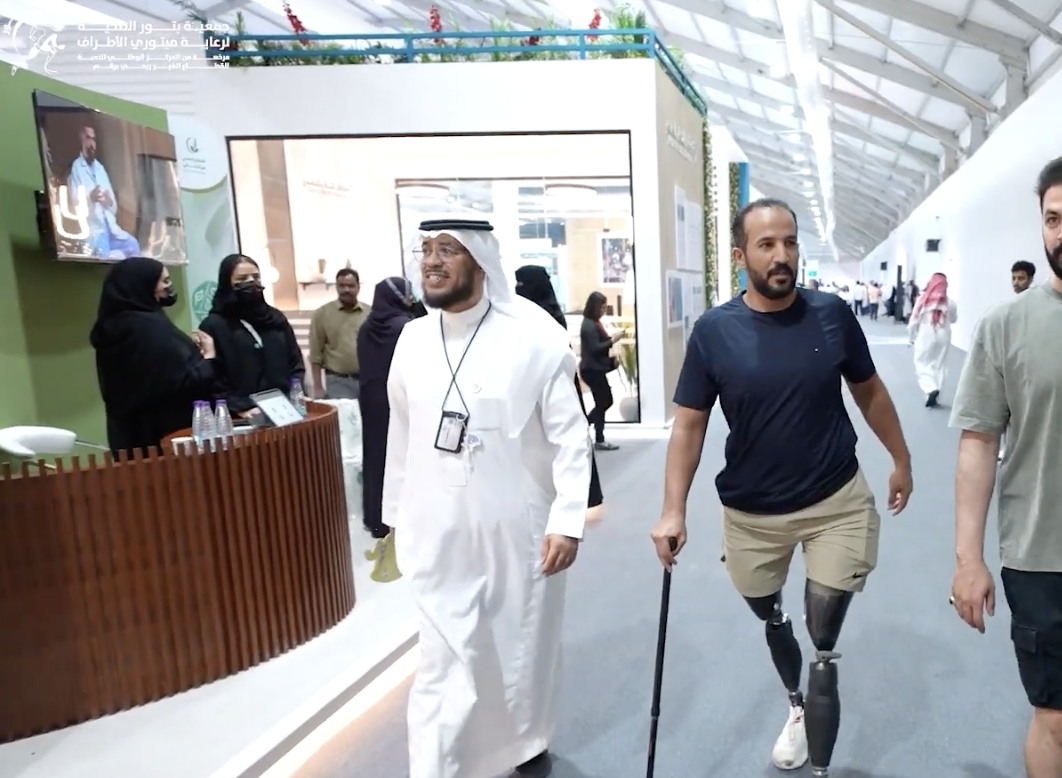
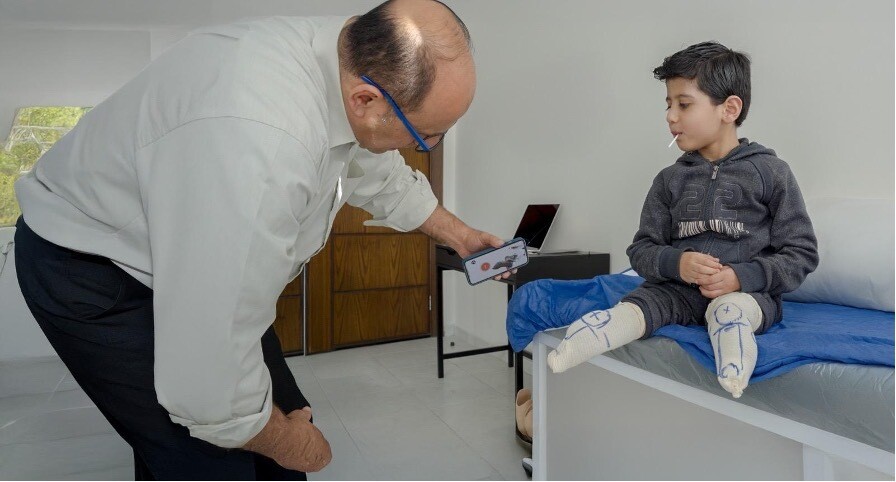


-1.png)


